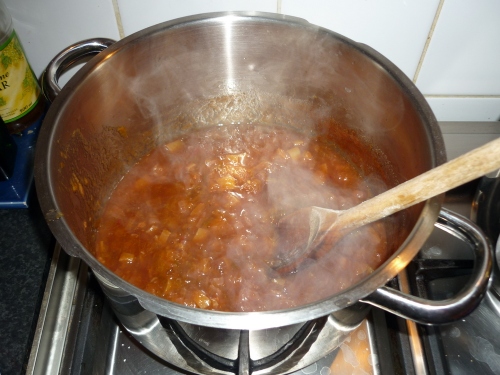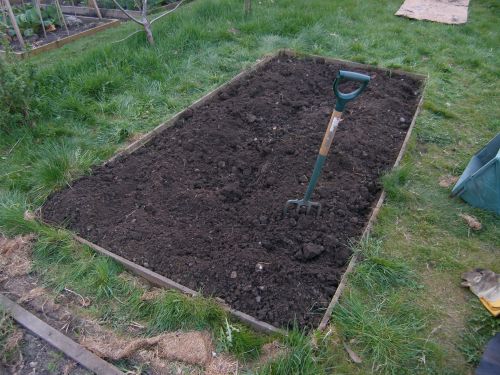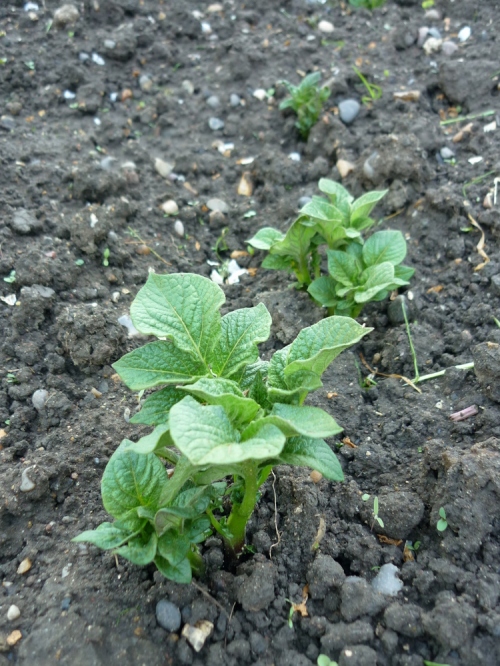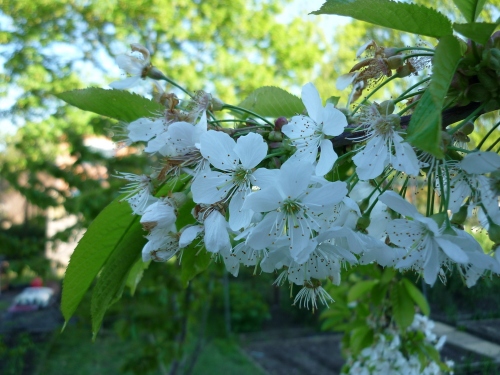Take plums, not too ripe:

A big bendy squash (this one’s a Tromba di Albenga):

Small onions, stunted by the shade of a cherry tree:

A selection of spices (looking disproportionately large) and some muslin or cheesecloth:

Now, chop up the fruit and vegetables, put all the ingredients into a pan and — chutney!
This excursion into the world of chutney-making was long overdue. There’s a jar of plum jam from 2007 in the cupboard. As a first-timer I let Hugh Fearnley-Whittingstall’s ‘Glutney’ recipe be my guide, in spirit and in proportion of fruit and veg to vinegar and sugar. I would have used more onions if mine were bigger and the task of peeling minuscule bulbs barely larger than the onion sets I planted was less tedious.
I can’t vouch for the chutney’s flavour until it’s had a few weeks to mellow. But it looks like chutney and certainly smelt like it during the cooking process.
Plum and Summer Squash Chutney
(these quantities made three and a half jars)
800g plums, stoned weight, diced
450g squash, diced
150g onions, diced
175g light brown soft sugar
350ml white wine vinegar
½ teaspoon chilli flakes
1 teaspoon salt
Spice bag:
small piece of fresh ginger, bruised
6 black peppercorns
1 blade mace
½ teaspoon coriander seed
½ star anise
½ teaspoon yellow mustard seed
Method:
1. Chop the fruit and veg into small dice.



2. Put all the ingredients into a large pan, tie up the spices in a square of muslin and put the spice bag into the mixture.

3. Bring to the boil slowly, stirring from time to time.

4. Simmer, stirring often.

5. When the mixture is thick and reduced, it’s ready (this took 2½ hours).

6. Pour into warm sterilised jars.

7. Seal and photograph.






















